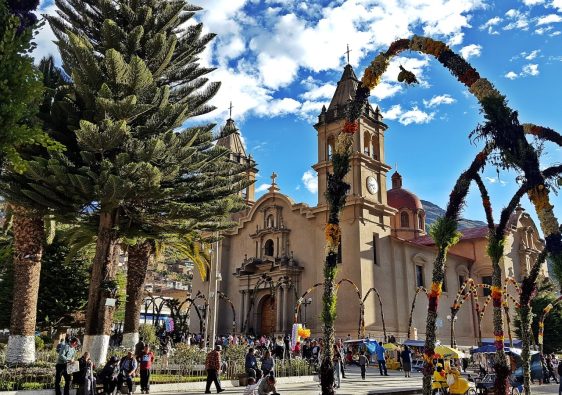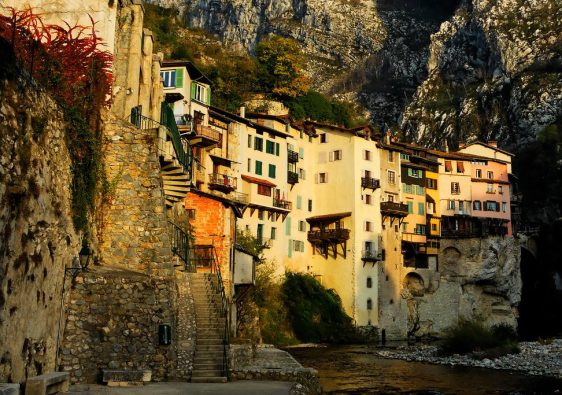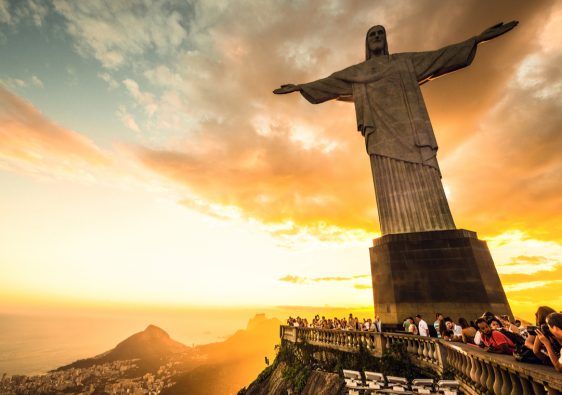[Global Times Special Correspondent in Peru: Meng Kexin] Herbal medicine isn’t just a Chinese specialty—in Peru’s mystical lands in South America—locals heavily rely on herbal remedies daily life . From morning herbal hot drinks chewing coca leaves boredom , herbs play indispensable role lives .
Herbs Available at Markets
Peru’s varied climate geography make treasure trove rare plants . Approximately 25 ,000 plant species exist here , with around 1 ,400 having medicinal properties . Unlike pharmacies elsewhere , Peruvian herbs commonly found markets breakfast stalls street vendors . Morning scenes often feature groups gathered breakfast stalls enjoying bread sipping hot beverages brewed multiple herbs fruits . Traditional drink includes blend five six herbs apples pineapples ; ingredients may include barley flaxseed pearl grass plantain horsetail maca sweetened honey delicious flavor . Visitors frequently drink coca leaf tea alleviate altitude sickness ; Andean locals continue chew coca leaves fend off cold fatigue .
While grocery shopping , many Peruvians pick up handfuls herbs boil water stew ingredients maintaining family health safety . Numerous market stalls specialize selling these remedies ; knowledgeable vendors explain each herb’s purpose affordable prices make them accessible everyone . Minor ailments prompt natural inclination brew herbal teas ; ancient practice remains simple effective due low cost minimal side effects high efficacy making popular choice among locals .
National Emblem Features Herbal Symbolism
Sauna sessions often involve steaming various aromatic herbs like mugwort eucalyptus ; some varieties unfamiliar reporters leave lasting impressions unique scents . Each herb offers distinct benefits ranging detoxification pain relief calming effects improved circulation overall health benefits .
Peru’s national emblem prominently displays cinchona tree thriving valleys 900-2700 meters elevation eastern Andes slopes symbolizing significant contributions Peruvian medical history global impact . Legend recounts Inca suffering severe malaria found relief drinking pond water soaked cinchona trees bitter taste alleviated symptoms inspiring use tree bark treating malaria eventually reaching Spanish missionary Juan López curing governor wife spreading secret remedy Spain making cinchona bark renowned European antipyretic French pharmacists later extracted key element creating global anti-malaria drug .
Renowned Herbal Oils Ancient Origins
Noteworthy Peruvian herbs include internationally acclaimed maca along well-known cat’s claw vine Sacha Inchi . Cat’s claw vine thrives Amazon rainforest southern central tropical regions named hook-like thorns resembling feline claws boasting over two millennia medicinal usage documented enhancing immunity folk medicine involves boiling bark medicinal juices treating arthritis gastrointestinal issues cancer available capsules dried products .
Locally called wild peanut Quechua language Sacha Inchi domesticated Incas millennia ago resembles Chinese star anise six ridges containing nutrient-rich seeds oils proteins amino acids vitamins exceptional composition nutritional value deeming best vegetable oils globally extracted seeds used culinary healthcare pharmaceutical cosmetic applications regulating blood lipids preventing cardiovascular diseases skincare heart protection cholesterol reduction processed capsules drizzled salads stir-fry dishes enhancing appetite .



